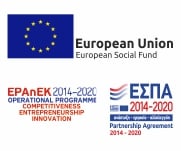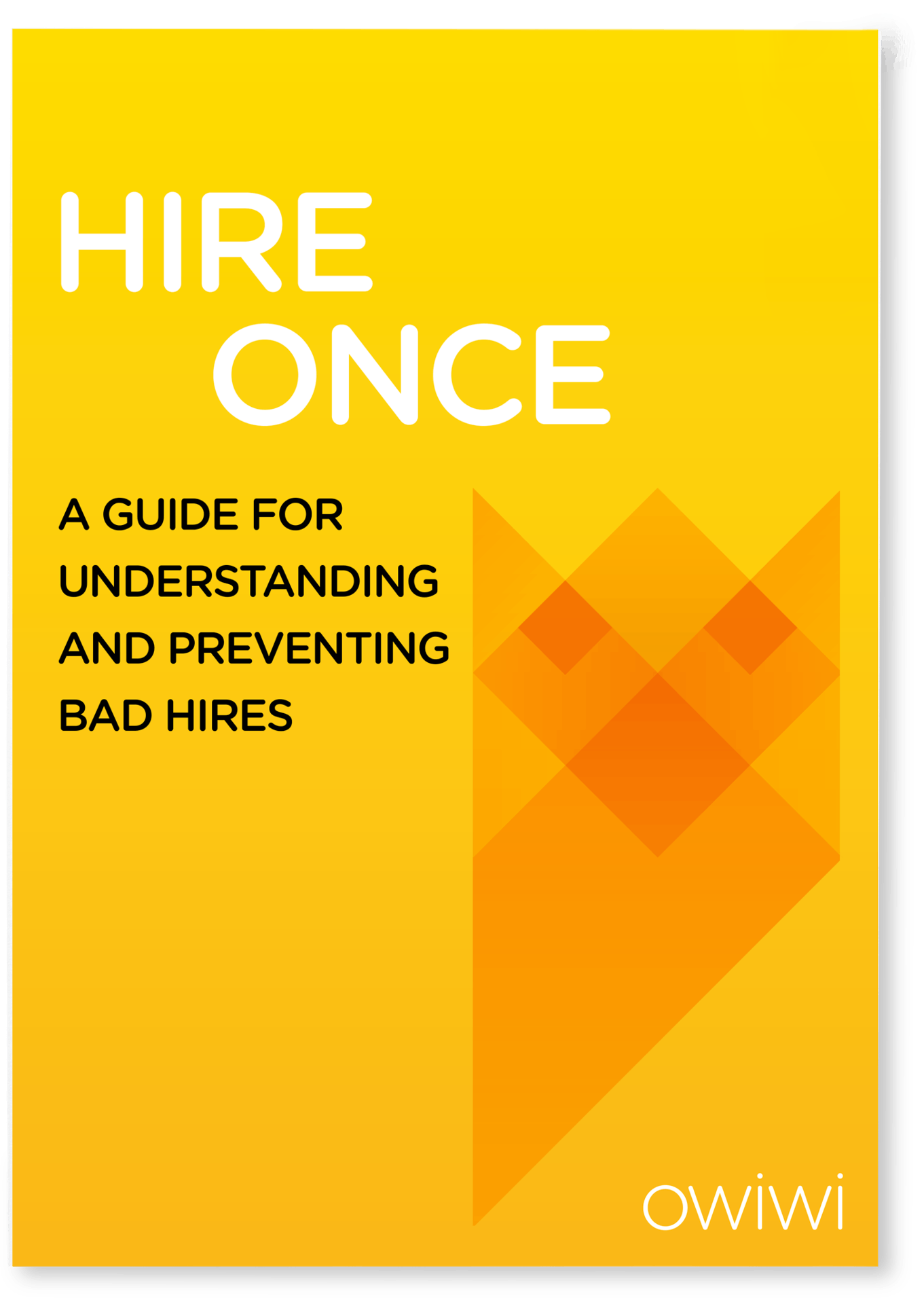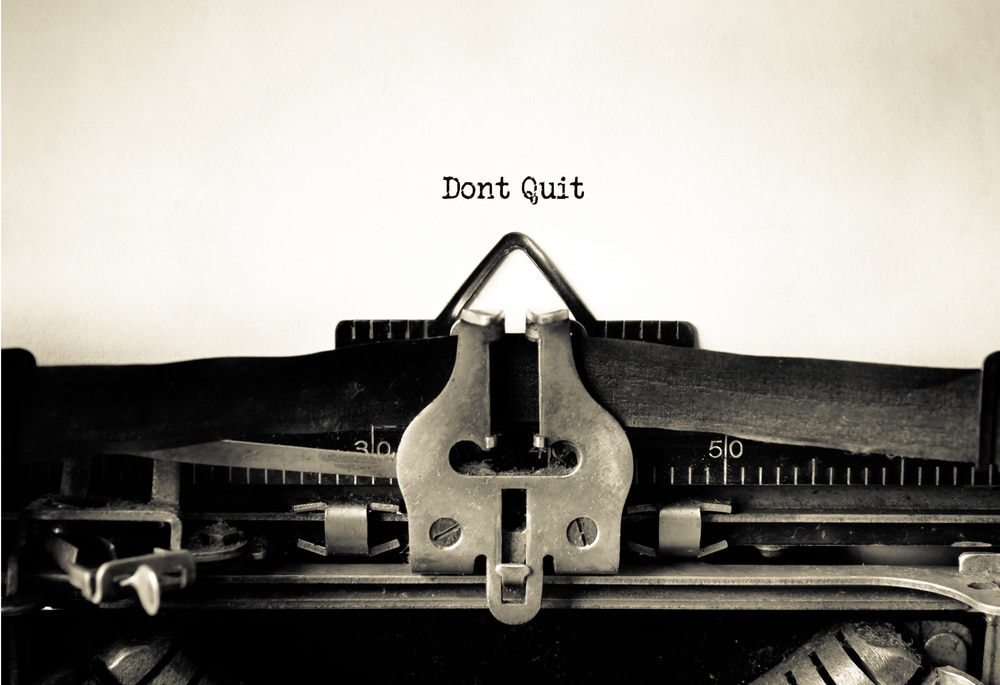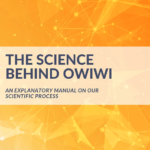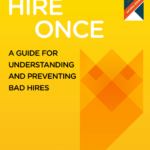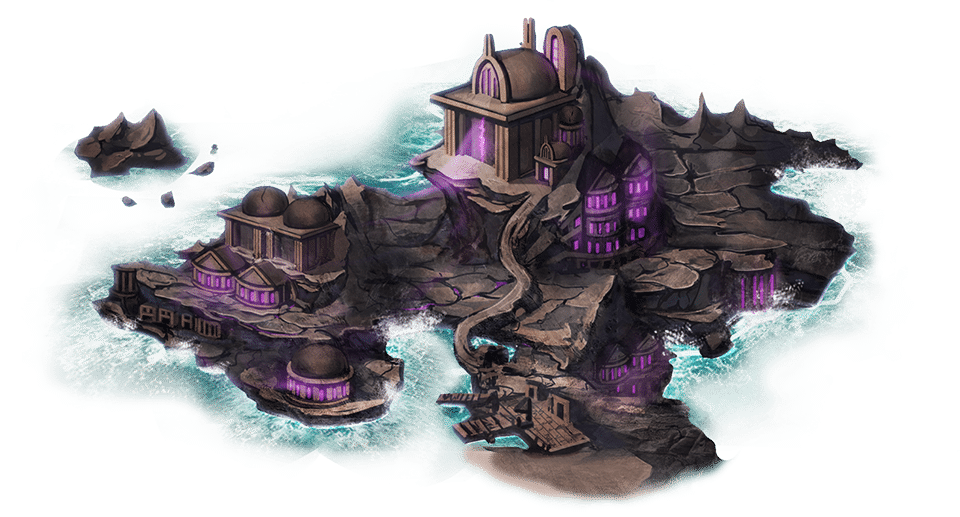Resilience has drawn a lot of attention for the last thirty years, and for a good reason, as this specific capability has proven to be closely related to an individual’s ability to succeed both in personal and professional contexts.
Resilient people are successful due to their hard-to-knock-down attitude, their astonishing ability to rise from the ashes, and their adaptability to changing circumstances. Such behaviors manifest as a result of positive attitude, optimism and the ability to see failure as a form of helpful feedback, even when everything goes down the drain. Thus, resilient people, rather than giving up in the face of failure; they will focus on the experience gained in the process and use it as a weapon to soldier on!
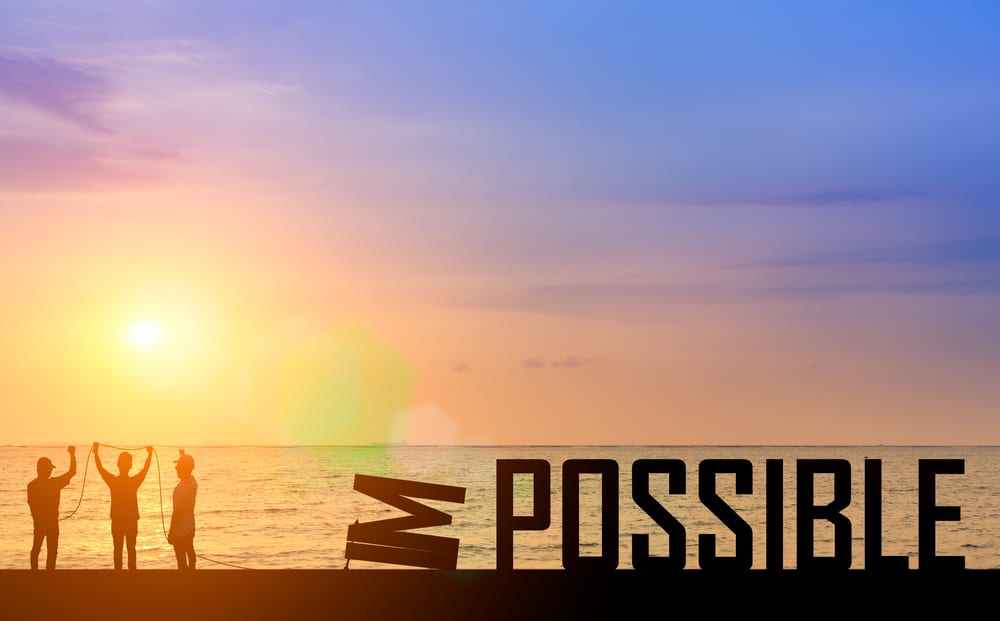
All of these attributes, we at Owiwi, have encompassed into one compact definition, which goes like this: “Resilience is the ability to recover or bounce back from setbacks and failures, adapt well to changes and to keep going in the face of adversity.” This is the essence of resilience and this is also what we measure with our gamified assessment tool.
Of course, this definition is the product of years of research, in a constantly changing word with various requirements in each stage of its evolution. Although some core elements of the definition are the same, the current definition includes a broader scope of behaviors and attitudes. To elaborate on that a little bit…as the world becomes more and more complex and demanding, abilities such as action under pressure and high uncertainty, adaptability and ability to get back fast on your feet have become more essential for an individual’s success. These abilities constitute the concept of resilience as we know it today.
Although resilience is an evolving construct, a great and timeless example of a highly resilient individual is that of Thomas Edison, who said:
“When you have exhausted all possibilities, remember this: You haven’t”
To put this saying into context, Edison tested more than 3,000 designs for light-bulbs between 1878 and 1880, before he actually invented the Light Bulb we all know today. This means that Edison had to fail not once, not twice but more than 3,000 times to finally make it work!

Edison may have lived almost 140 years ago, yet his attitude and behavior reflects perfectly what resilience is. This is the kind of resilience organizations should be looking for in their people, as it will enable them to:
- Undertake risk and recover quickly from failure
- Generate organizational knowledge during the process
- Adapt effectively to the constantly changing business landscape
All these desirable outcomes can be achieved to a great extent by employing resilient people. But first one must identify them. Here comes Owiwi…


